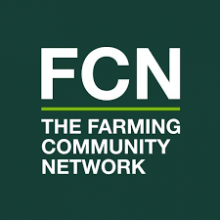Mental health is an important issue in the agricultural industry. Farmers and other agricultural workers often work long hours in challenging and isolated environments, which can put a strain on their mental health. In addition, the agricultural industry is subject to many stresses and pressures, such as fluctuating commodity prices and unpredictable weather conditions, which can also contribute to poor mental health. As a result, it is important for farmers and other agricultural workers to prioritize their mental health and to seek support when needed. This can help to prevent mental health problems and to improve the overall well-being of the agricultural community.
This summary was written by OpenAI's ChatGPT - If you can improve it then please Join the page and Edit.
If you need support there are organisations who can help, including Farm Community Network (FCN) and YANA.
A number of relevant academic papers on mental health in farming have recently been published, including "Landscapes of Support for farming mental health".





